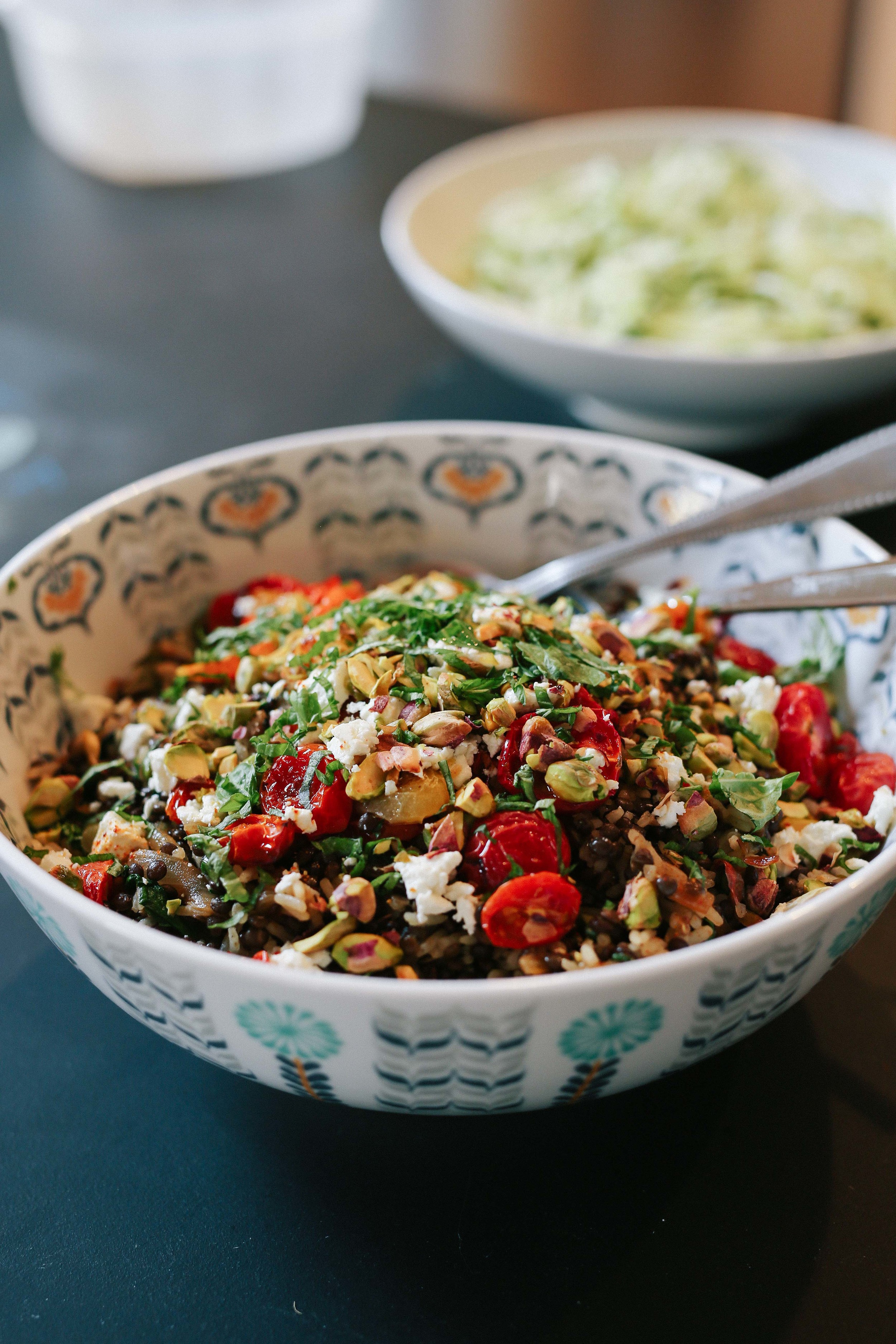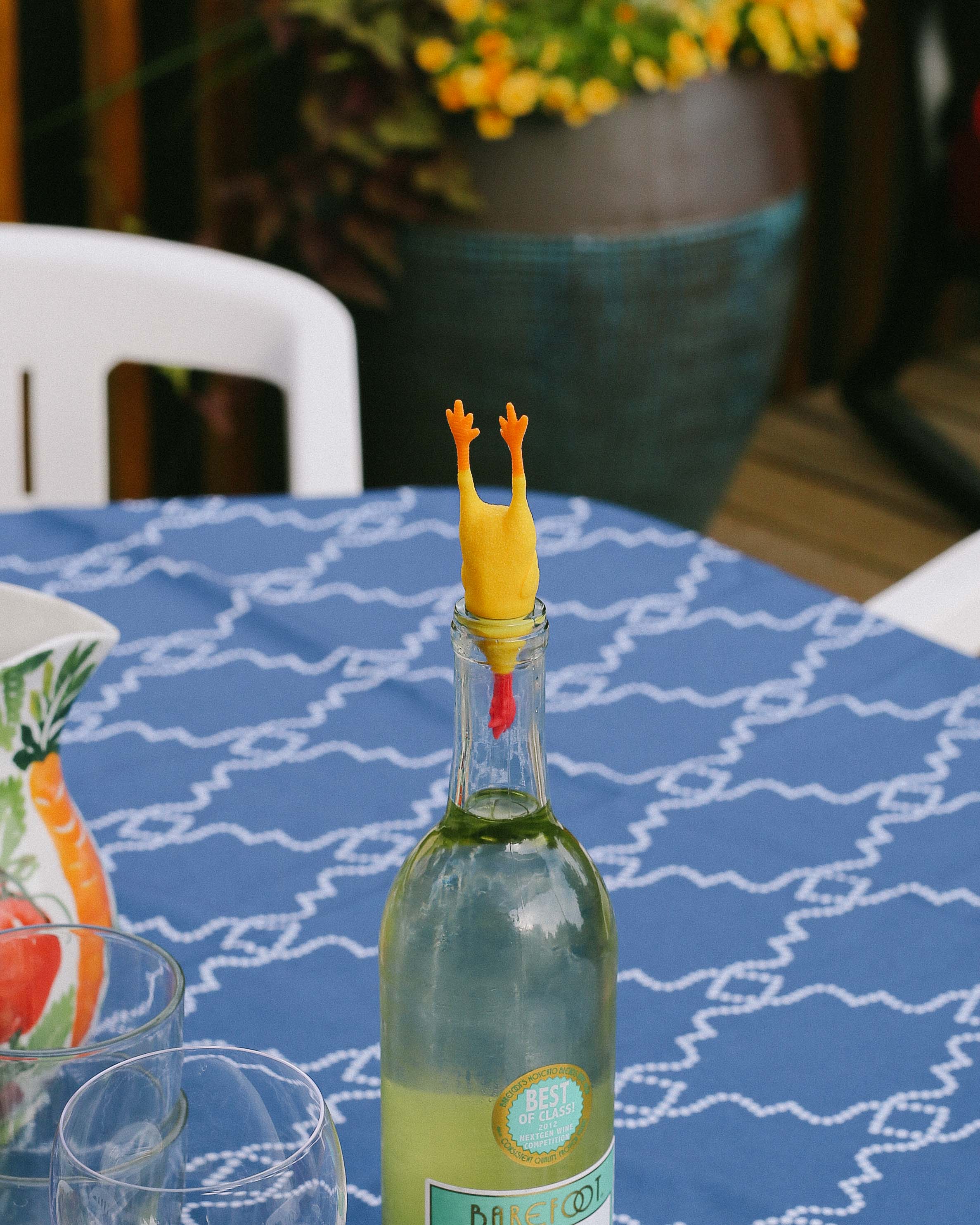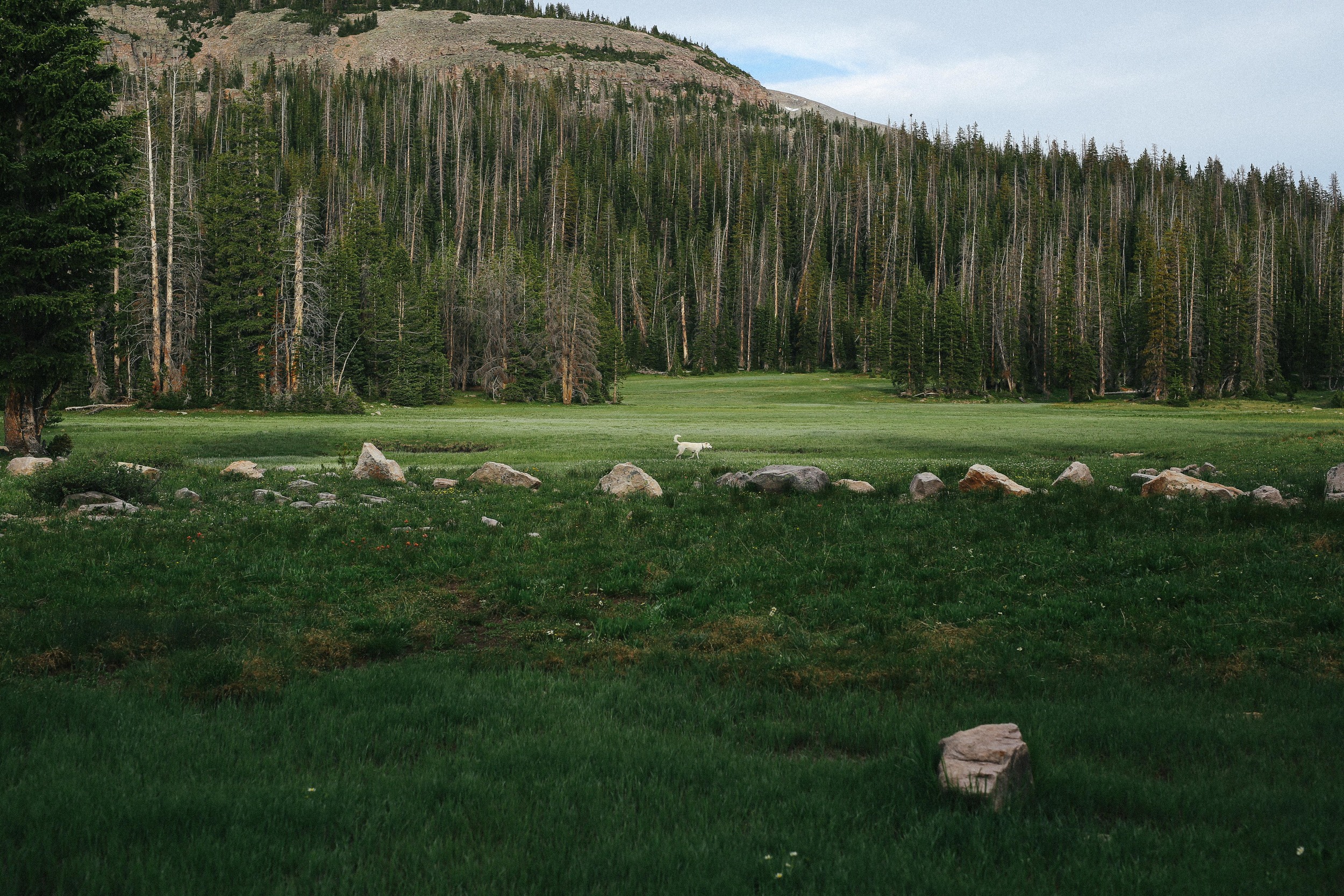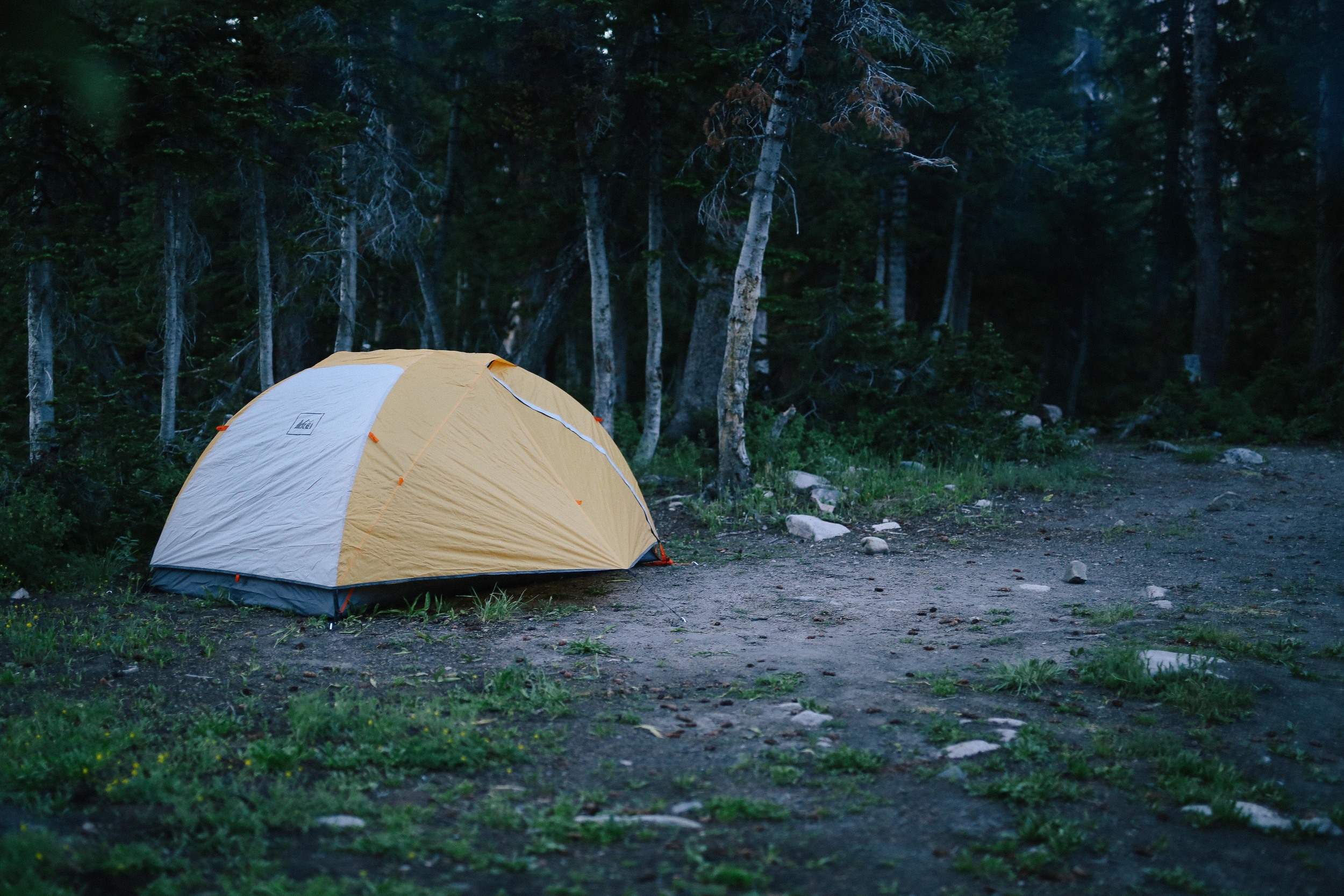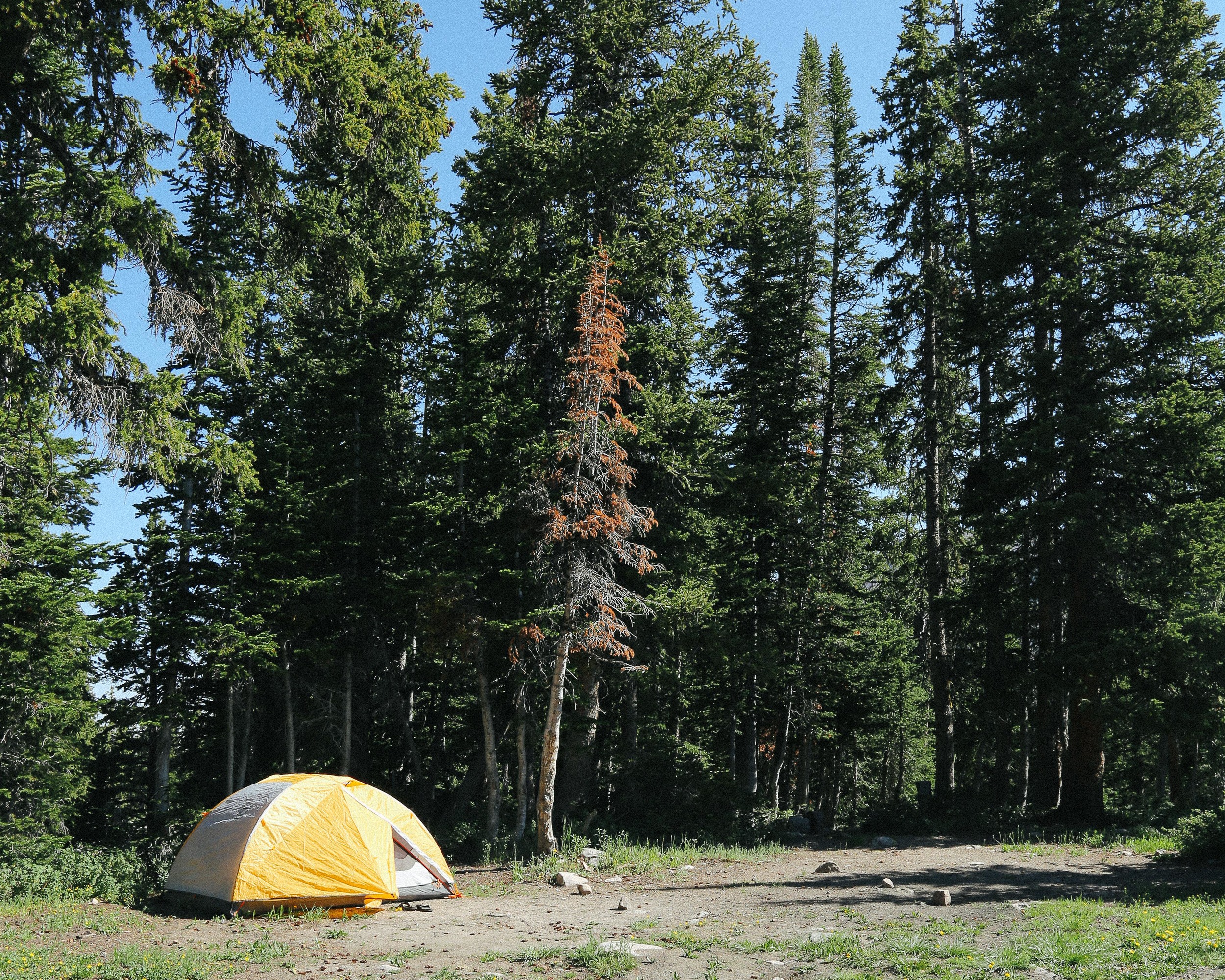I still remember my first gazpacho, the way a person remembers her first crush or her first pair of really good jeans. I ate my inaugural bowl during the summer after my 15th birthday, during a brief foray into Ashland, Oregon, while en route to Canada. That was a trip of firsts. It was my first time reading a book written outside of the country in the exact edition in which it had been published (so that I learned about things like "ice lollies" and "servos" and "kelpies"), which I read while listening to the first cool CD I had ever purchased for myself, while eating what would be my first of many bowls of fresh blueberries with softly whipped cream (I don't believe I had ever before eaten a blueberry outside of a pancake). We were at a café in Ashland having an early dinner after a many-hour drive from California, when I ordered gazpacho. I don't know why I ordered it - maybe I was trying to seem worldly and fancy while serving my role as the token teenager on a family vacation - but I did. It came in a large, glass bowl set on a plate, with a sprig of parsley in the center, looking very much like tomato-based vegetable soup. I took a bite, and was shocked to find that it was COLD.
Cold soup held the same mystifying power over my 15 year-old self that molecular gastronomy holds over the modern day foodie, where you pay an exorbitant amount of money to eat something that might look like a gumdrop, but tastes like a cheeseburger. The visual didn't match the experience. It was weird and borderline uncomfortable. I somewhat suspected that I had ordered soup and had instead been brought a large bowl of salsa, minus the chips. But the strange cold soup was somehow also incredibly flavorful and delicious and refreshing, and the combination of my waning discontent and reluctant, but growing delight made it nearly impossible to stop eating. No bowl of soup had ever been so INTERESTING.
Please now understand that I have been trying desperately to create a gazpacho without ascribing all of the buildup and feelings that first bowl impressed in my brain. And suffice it to say that many recipes simply haven't cut it. But I have been thinking about a yellow gazpacho for weeks this summer, one different enough from my first that there couldn't be a direct comparison, and this recipe was the end result. It is fantastic, and stands up to the pressures of my first bowl quite gracefully, while earning itself its own new, fond memories. I think that it owes much of its greatness to the quality of the ingredients and its simplicity. Each ingredient sings, and each is heard.
Is it the kind of fantastic that one accredits to a crush or great pair of jeans?
I'll leave that decision up to you, but for me? I think it might be exactly that.
Yellow Tomato and Beet Gazpacho
Yield: approximately 7-8 cups, serves 4-6
Part of the goal here is to preserve the brilliantly yellow color of the beets and the tomatoes. Using aji amarillo (yellow pepper) paste or a yellow chile will add heat without compromising color. The white balsamic, too, will preserve the color while still adding the acidity necessary in making a good gazpacho. While changing these ingredients for a green chile or darker vinegar will slightly desaturate the yellow soup, the flavor will nonetheless remain extraordinarily bright and complex.
2 pounds yellow beets, roasted until quite tender, cooled, and peeled (I roast the beets wrapped in foil at 425˚F for 30-60 mins)
2 pounds yellow tomatoes
1 medium-large cucumber, peeled, seeded, and chopped (about 1 pound)
2 cloves garlic
1-2 tablespoons aji amarillo paste, OR 1 medium-hot yellow chile, OR 1 jalapeño pepper
salt, to taste
white balsamic vinegar, to taste
2-3 cups water, divided
To garnish (optional): Cherry tomatoes, olive oil, Piment d'Espelette, microgreens
Equipment: A stand-up blender A sieve or fine-mesh strainer set over a bowl
Cut the beets into 1-inch chunks, and place in the carafe of a stand-up blender. Cut the tomatoes in half, and squeeze out the seeds and liquid ("tomato water") into the sieve or strainer over the bowl. Add the tomato halves to the blender with the beets. Sharply rap the edge of the sieve to help any remaining liquid from the tomato seeds drain into the bowl, then add the liquid in the bowl to the blender. Discard the tomato seeds (or give them to someone you know with chickens!).
Add the cucumber to the blender, along with the garlic, aji amarillo purée, and a large pinch of salt. Add a splash (about 2 teaspoons) of white balsamic vinegar. Pour in 1 cup of water, and blend on low speed until roughly puréed (add 1/2 cup additional water if needed to help the mixture blend). Increase the speed to high, and blend for about 5 minutes to further purée the soup (if you have a Vitamix, blend at between 6-8 on variable speed, keeping a close eye on the soup to make sure it doesn't begin to heat up and cook itself). How much your soup is puréed is up to you; as you can see, mine still has a little bit of texture, which I like, but feel free to blitz the hell out of your soup if that's your preference.
Once the mixture is puréed, add additional water if necessary until your desired soup consistency is reached (I like my soup not too thick and not too thin - if I brush the surface of the soup with a spoon, I can barely see the path the spoon made, and the path fades after a few seconds). Chill the soup for at least two hours, and up to overnight.
Before serving the soup, taste and add additional salt and white balsamic vinegar if necessary. Serve garnished with cherry tomatoes, olive oil, piment d'espelette, and microgreens.
Other ideas for garnishes: chopped, roasted yellow or chiogga beets; diced avocado; finely chopped herbs such as parsley and basil.




